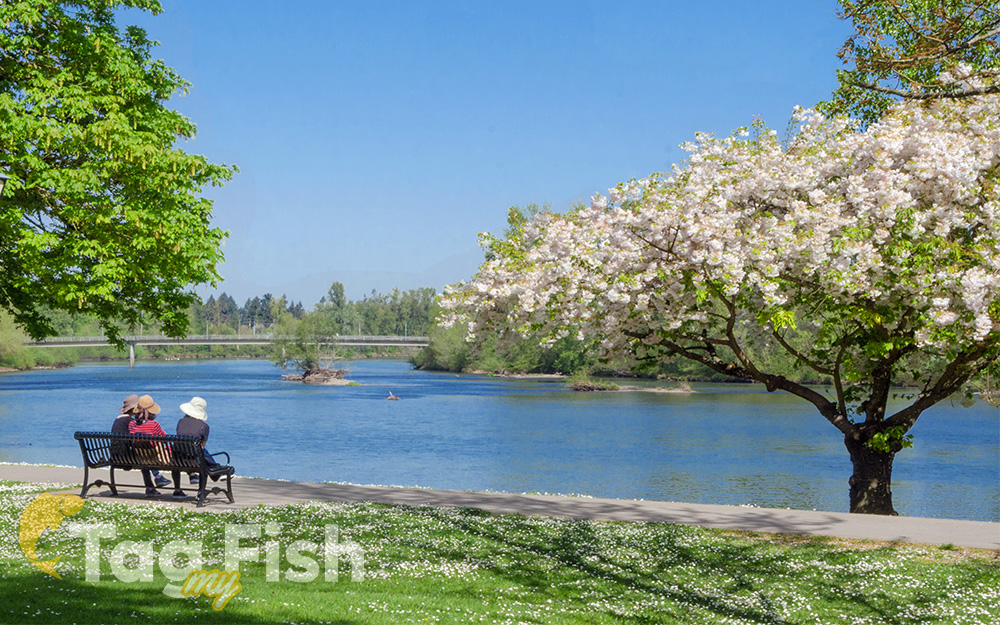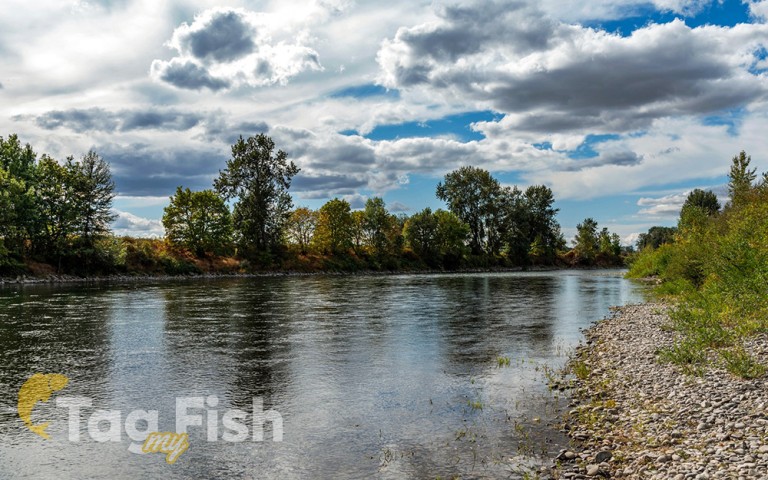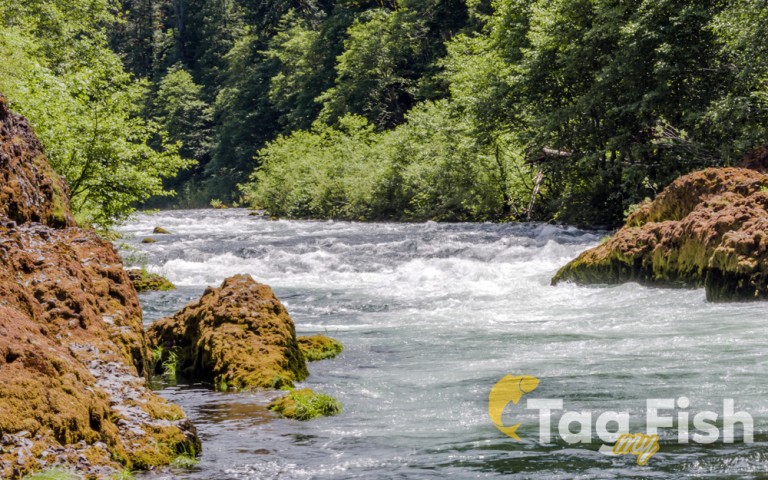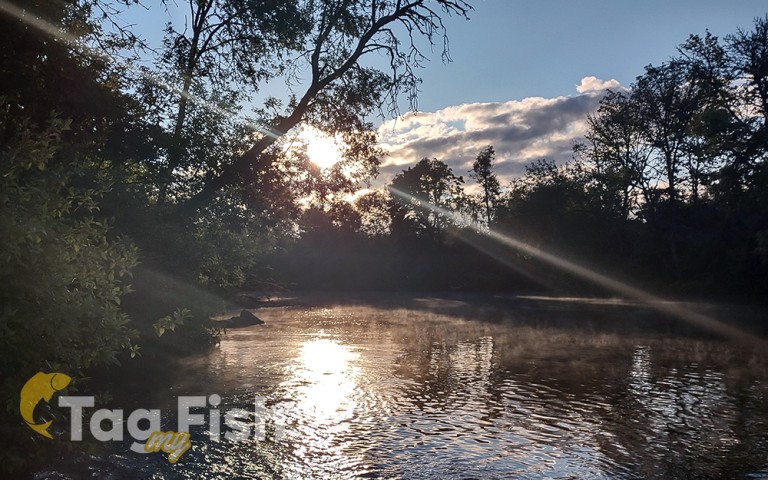Willamette River

Largest tributaries
The Willamette River is a major tributary of the Columbia River, accounting for 12 to 15 percent of the Columbia’s flow. The Willamette’s main stem is 187 miles (301 km) long, lying entirely in northwestern Oregon in the United States. Flowing northward between the Oregon Coast Range and the Cascade Range, the river and its tributaries form the Willamette Valley, a basin that contains two-thirds of Oregon’s population, including the state capital, Salem, and the state’s largest city, Portland, which surrounds the Willamette’s mouth at the Columbia.
Since 1900, more than 15 large dams and many smaller ones have been built in the Willamette’s drainage basin, 13 of which are operated by the U.S. Army Corps of Engineers (USACE). The dams are used primarily to produce hydroelectricity, to maintain reservoirs for recreation, and to prevent flooding. The river and its tributaries support 60 fish species, including many species of salmon and trout; this is despite the dams, other alterations, and pollution (especially on the river’s lower reaches). Part of the Willamette Floodplain was established as a National Natural Landmark in 1987, and the river was named as one of 14 American Heritage Rivers in 1998.





